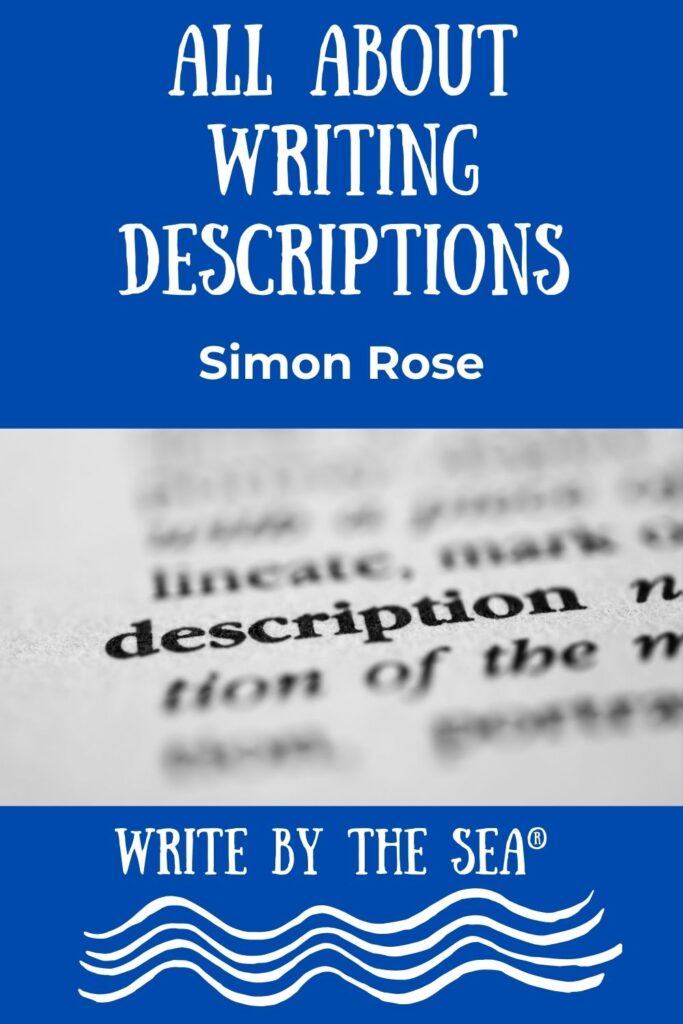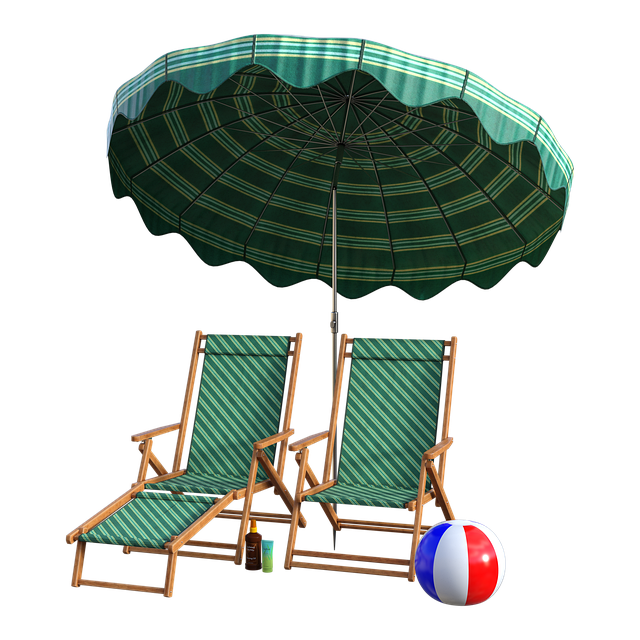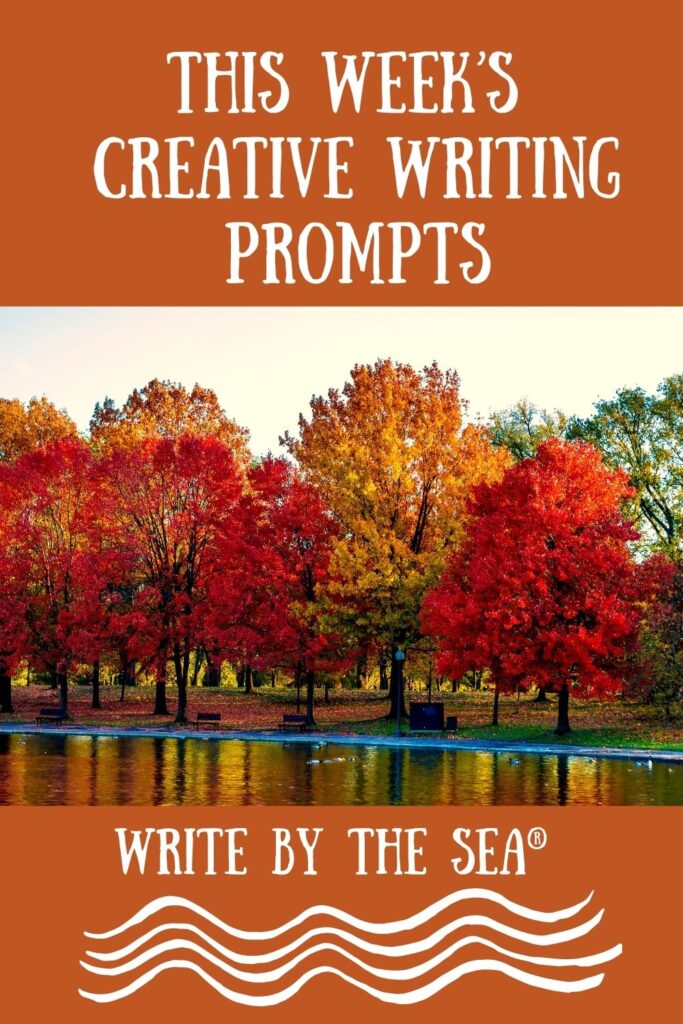The following is an excerpt from The Children’s Writer’s Guide 2.

Long descriptive paragraphs are something that many writers struggle to control when writing their stories.
Often there seems to be no option but to describe a scene in great detail, but sometimes you end up with almost a page or even more of description.
No matter how well written it is, your meticulously composed passage will run a serious risk of putting the reader off.
And of course, this could also tempt them to put the book down and there’s no guarantee that they’ll pick it up again.
As the writer, you’ve probably spent a considerable amount of time and effort describing the scene that’s crucial to the plot so it can be very hard to cut that out.
However, sometimes you can simply split up the text so that you have at the most one paragraph describing the setting in which the character does something important to the story.
The setting can also be further described later on the same page, perhaps separated by sections of dialogue or other action.
The character might even be in the same location either later in the same scene or in a later chapter, so it can be done.
Your carefully composed description will be intact, if no longer in one piece, but the story will be the better for it.

Learn more about The Children’s Writer’s Guide 2 and all Simon’s other books on his website at https://simon-rose.com/.
Simon also offers a variety of coaching services for writers and his Writing for Children and Young Adults online course.
Note: Posts and pages on this site may contain some affiliate links for your convenience (which means if you make a purchase after clicking a link I will earn a small commission but it won’t cost you a penny more)! Read my full disclosure and privacy policies…






